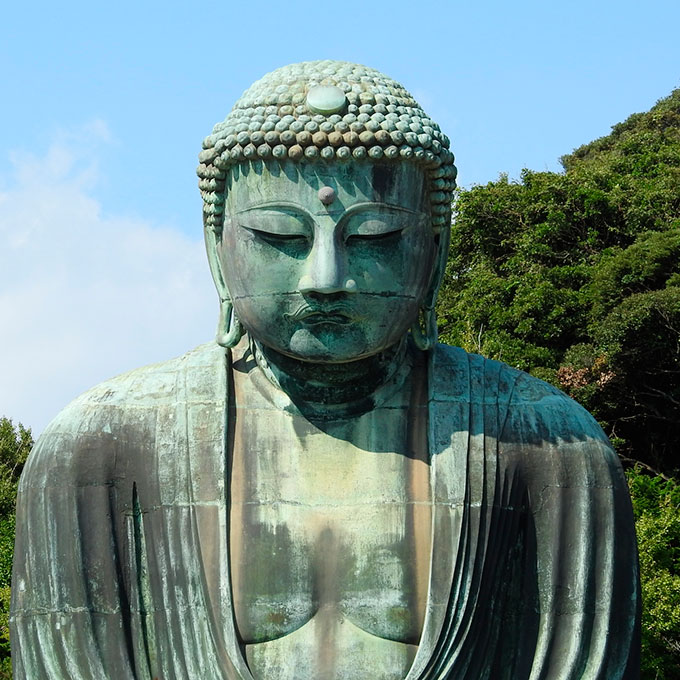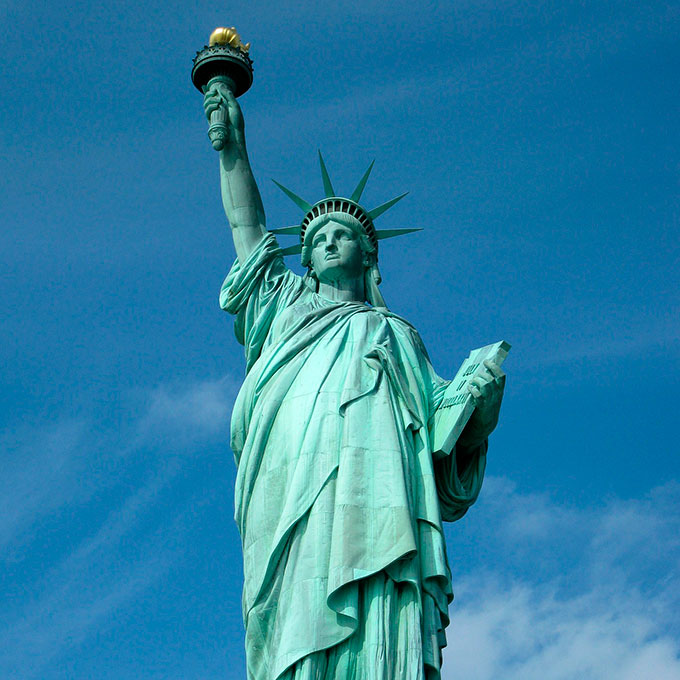Patina is a pigment made by crushing peacock stone, and its dull green color is called green-blue.
It is one of the oldest green pigments used in ancient China and Egypt and is called Malachite Green in English.
In Japan, it was introduced from China along with the introduction of Buddhism in the Asuka and Nara periods. It is also used to paint temples and large Buddhas for coloring and corrosion prevention.
The color of the Great Buddha in Kamakura and the Statue of Liberty in the United States is the color of patina due to copper rust.


Green-blue color of the Great Buddha of Kamakura Statue of Liberty green-blue
The patina is also used as a mineral paint in Japan paintings, and the finer crushed color is called white-green.
Patina can also be artificially produced from rust such as copper or bronze, and is the same component as that derived from peacock stone.
In fact, in Japan, patina was considered to be a deadly poison until the late Showa period, but it is now accepted as a mistake.
